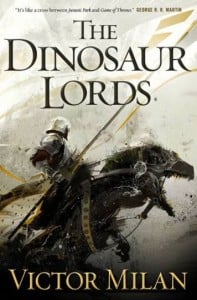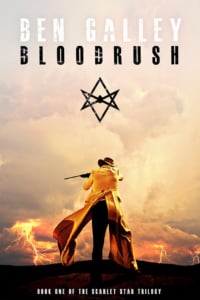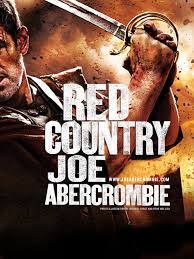Don’t get me wrong, I’m a fan of mixing it up. Of twisting stereotypes and trying new things when it comes to books. But recently, a friend of mine told me this: “There are no new stories, just new ways of telling them.” Now as a reader and an author of fantasy, I couldn’t ignore such a bold statement. I found myself picking my favorite books apart, analyzing them to see of they were secretly all part of one downward spiral of unoriginality. I even cross-examined my own books, very nervously of course.
But to my relief, my fears were assuaged. I was taking the latter half of that sentence too negatively. It may be tough to be original when it comes to the bare bones of a story, but the opportunity lies in its skin and muscle. That’s where the excitement is, for both reader and author. This is why sub-genres abound, even though at their heart they’re classic in nature. Why authors are always trying to do the next clever thing. Fantasy, as a genre, is very good at this.
We all love the fantasy classics. The stable-boy discovering a magic sword hidden in the barn. The unambiguously evil emperor, with great power and a penchant for black. The grand, wise old wizard pulling the puppet strings. The tropes can be traced back for decades. But as fantasy has developed over the years, these classic lines have become blurred, crossed. Heroes have become morally grey. The stable-boys aren’t as safe as they thought they were. The evil emperors now prefer white, and the old wizards somehow aren’t so wise. Characters, worlds, and plots are all subject to this evolution and experimentation.
 For us readers, it’s quite exciting. We now have access to dozens of sub-genres and mash-ups. Urban Fantasy. Military Fantasy. Science Fantasy. Steampunk. Historical Fantasy. Superhero Fiction. Slipstream… the list goes on and on. As authors, we’re almost encouraged to experiment. Just look at great examples like the The Dinosaur Lords by Victor Milán, or the dystopian future element of Mark Lawrence’s Broken Empire Trilogy.
For us readers, it’s quite exciting. We now have access to dozens of sub-genres and mash-ups. Urban Fantasy. Military Fantasy. Science Fantasy. Steampunk. Historical Fantasy. Superhero Fiction. Slipstream… the list goes on and on. As authors, we’re almost encouraged to experiment. Just look at great examples like the The Dinosaur Lords by Victor Milán, or the dystopian future element of Mark Lawrence’s Broken Empire Trilogy.
In January of 2014, I started to write Bloodrush, the first book in a new trilogy. I stepped away from my grim, epic, medieval roots and sought something new in what I believe to be a relatively unexplored sub-genre – Western Fantasy, or Weird West. I’m not the first to do write such a story, not by any means – Stephen King’s Dark Tower is the most notable example, along with Red Country by Joe Abercrombie. I wondered at the start whether it was a step too far, but carried on typing I soon realized how exciting this particular blend could be.


This is why I would argue that blending western and fantasy is not a step too far. Not only do they seem to entwine and translate nicely, but there’s also plenty of room for ingenuity, for new dynamics, and for that’s what I look for in a book. Besides, perhaps it’s just me, but I think there’s something quite interesting about having guns and magic slammed together…

